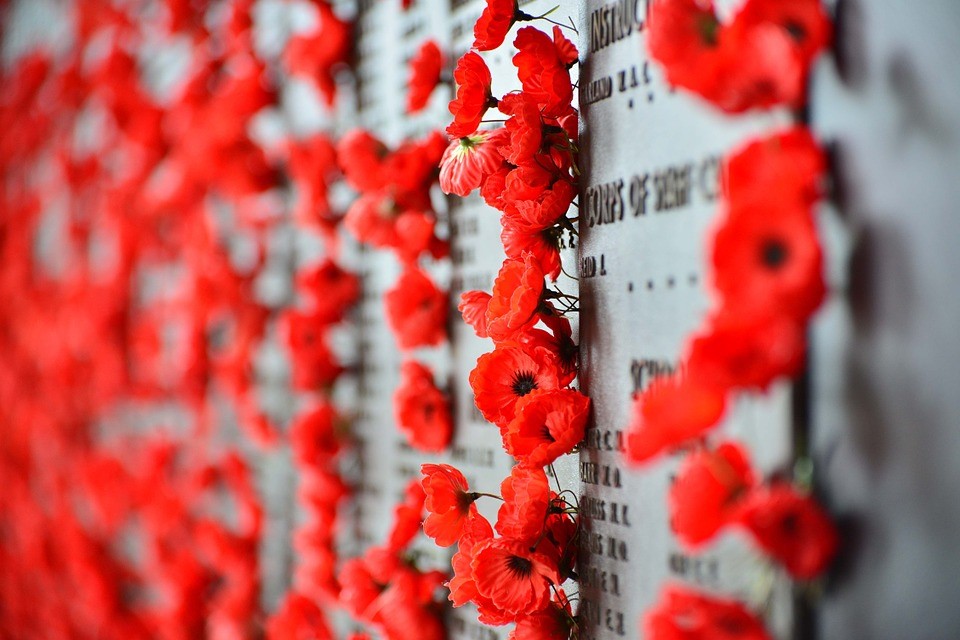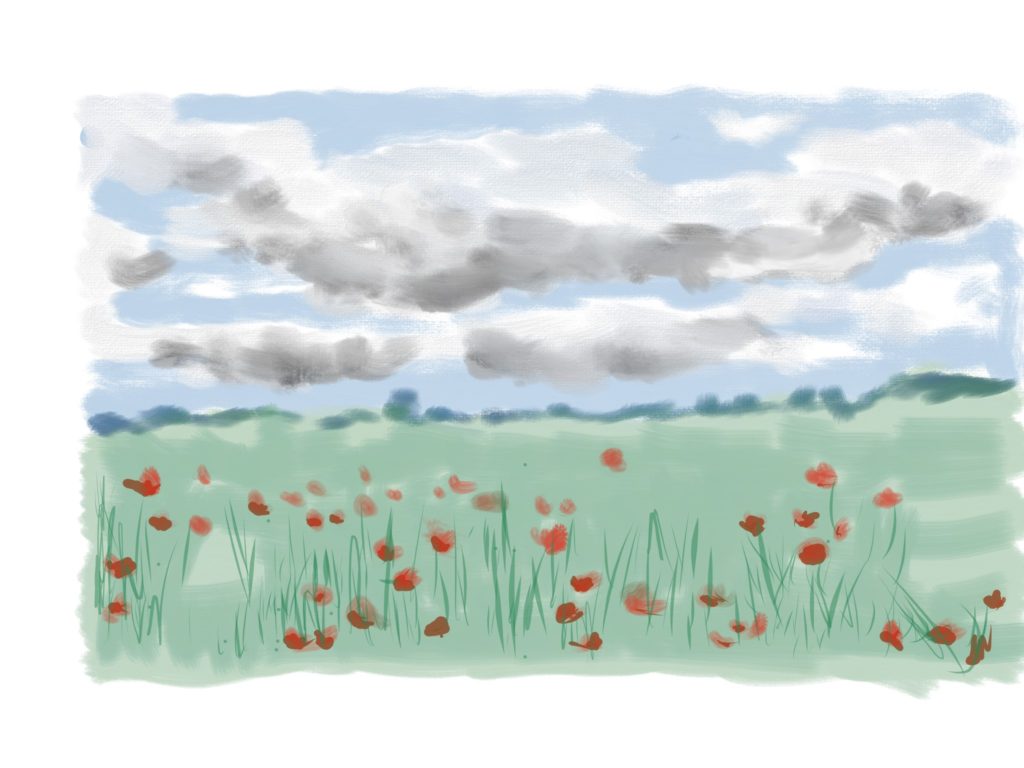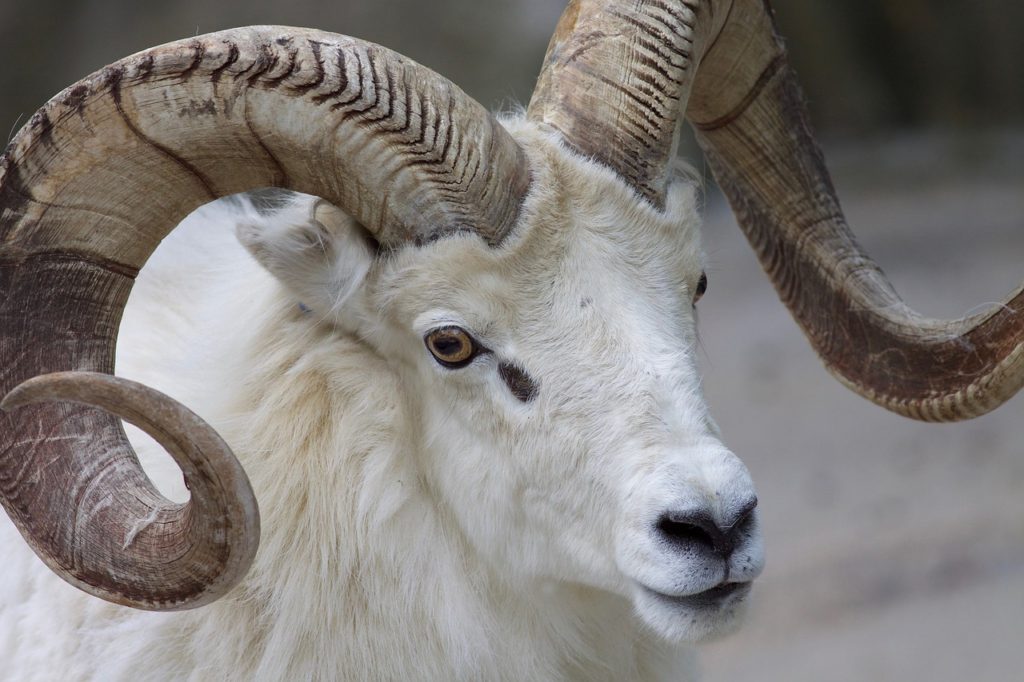Sitting on a bus crammed with high school kids can test the patience of even the most phlegmatic of teachers. I worked hard at zoning out the incessant chatter and the teasing laughter around me.
I lowered my vocal range one octave to scold a few boys mucking up in the front row. Though only mildly irritated, I was beginning to see red.
My chest fell as I breathed out a heavy sigh. It was going to be a long ride to the Australian War Memorial.
I slunk low in my seat and resorted to churning through the pages of a good book.
Over two hours went by and I made good headway with my novel, but I found myself distracted by another tale.
Like a curious Meer cat, I jolted upright. My ears pricked up and I spun my head in the direction of the bus driver who had decided to tell a story about rocks.
What could be so compelling about rocks?
Red Rocks
Making the final rounds through the heart of Canberra, he started his explanation to the boys seated near him, about the red rocks that surround Parliament House and the War Memorial.
He pointed some out scattered by the footpaths. I looked out the window; they were not the deep rich red I was expecting, but a subtler, pinkish colour.
Apparently, the red rocks symbolise the blood of the Australian soldiers that fought in all of this nation’s conflicts.
Not only do they surround these two important landmarks, but also a visible trail of red rock links these two significant buildings.
From Parliament House, our Prime Minister and members of parliament have an uninterrupted view of this trail of red rock leading up towards the Australian War Memorial.
This red road reminds our leaders to make decisions and laws that reflect the values of those who fought valiantly and sacrificed their lives for our country.
This was an astounding revelation, one that would not leave me as I paid my respects at the War Memorial.
A deep sense of gratitude overwhelmed me as I thought about our fallen soldiers, because each one paid the ultimate price to secure the quality of life that we enjoy today.
Red Poppies
These scarlet flowers are impossible to miss.
Column after column, the red poppies formed long lines like trails of blood dripping against the names of the soldiers engraved on the walls on the Roll of Honour.

When I was younger, my childish imagination transformed the black centre of the poppy flower into a bullet hole, and the red petals into blood oozing from a fresh gunshot wound.
In actuality, the red poppy represents the sacrifice made by those who died in WWI and later conflicts.
It is Australia’s official flower of remembrance. They adorn our lapels on Anzac Day and Remembrance Day.
During WWI, much of the fighting took place in Western Europe. In Flanders—a region of Belgium—the fields turned to sludge and mud.
The scene was bleak with the countryside strewn with wounded or dead soldiers.
Yet, in the midst of the bombings, the death and destruction, the ravaged battlefield was dotted with thousands of brilliant bright red poppies.
Lieutenant Colonel John McCrae depicts this scene in Australia’s most famous war memorial poem, In Flanders Field.
On May 3, 1915, McCrae witnessed the death of his friend and fellow soldier. In his grief he penned this poem which is written from the perspective of dead soldiers.
IN FLANDERS FIELDS
In Flanders fields the poppies blow
Between the crosses, row on row,
That mark our place: and in the sky
The larks still bravely singing fly
Scarce heard amid the guns below.
We are the dead: Short days ago,
We lived, felt dawn, saw sunset glow,
Loved and were loved: and now we lie
In Flanders fields!
Take up our quarrel with the foe
To you, from failing hands, we throw
The torch: be yours to hold it high
If ye break faith with us who die,
We shall not sleep, though poppies grow
In Flanders fields
The last stanza invites the living to continue to engage in the fight.

Red blood
I cannot imagine sitting in a church service where we are not singing about blood.
We sing with gusto the lines redeemed by the blood of the lamb, are you washed in the blood, in the soul cleansing blood of the lamb?,and there is power, power, wonder working power in the blood of the lamb.
The songs we sing celebrate this truth: that the blood of Christ is precious. The shedding of his blood reminds us of his amazing love, his atoning sacrifice and his marvelous grace.
His blood is the cleansing agent that washes away our sins.
For as much as ye know that ye were not redeemed with corruptible things, as silver and gold, from your vain conversation received by the tradition of your fathers;
But with the precious blood of Christ, as of a lamb without blemish and without spot.
1 Peter 1:18,19
In whom we have redemption through his blood, the forgiveness of sins, according to the riches of his grace. Ephesians 1:7
Red rocks, red poppies, and red blood are all potent symbols.
Just as we remember those who sacrificed their lives for our country, let us lend our voices in song to remember our Saviour who sacrificed his life for the entire world . . .
Lest we forget.
Bibliography
Author unspecified. 2021, ‘The Poppies of Flanders Fields’, Discovering Belgium. Retrieved 26 April from
The Poppies of Flanders Fields
Author unspecified. 2020 (updated 30 October 202), ‘Red Poppies’, Australian War Memorial. Retrieved 26 April 2021 from
https://www.awm.gov.au/commemoration/customs-and-ceremony/poppies
Author unspecified. 2021, ‘The Red Poppy’, The Australian Army. Retrieved 26 April from
https://www.army.gov.au/our-history/traditions/the-red-poppy



Oh Shirls another heartfelt piece!! Éncore…
Sometimes I overlook the magnitude of our Saviour’s sacrifice for all to cover the past, present and future sins of humanity. Jesus Christ is the Saviour of all men. He is so precious.
Amen, Sis. Jesus loves you.
Hey Miss,
Another great message. We often over look the sacrifice people have made for us, but more importantly, the sacrifice God made for us. This is a great reminder for me to be thankful that God will willing ot send his Son down to earth for us.
– Dim
Thanks Dim, the Lord is so good.